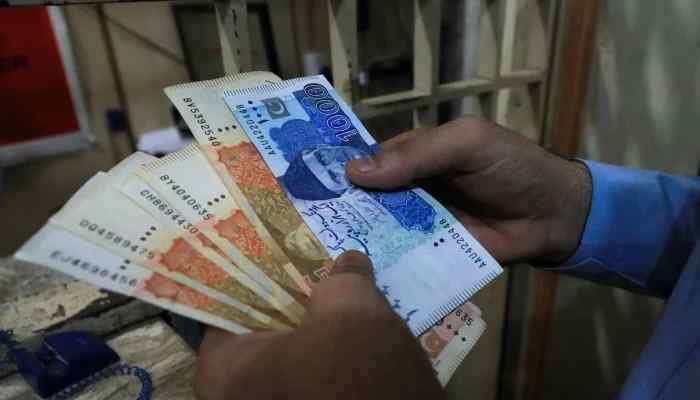In a rare display of fiscal discipline, Pakistan has cleared Rs2.6 trillion in public debt ahead of schedule, marking the country’s first large-scale early debt repayment operation. The move, confirmed by Finance Minister’s Advisor Khurram Schehzad on Sunday, signals a sharp shift in debt management strategy and could ease pressure on future budgets.
Schehzad announced on X (formerly Twitter) that the bulk of the repayments targeted liabilities owed to the State Bank of Pakistan (SBP). A total of Rs1.6 trillion was paid back in under two months—Rs500 billion on June 30, 2025, and another Rs1.13 trillion on August 29. In addition, Rs1 trillion in loans from domestic commercial banks was also cleared earlier in the fiscal year, taking the combined total to Rs2.6 trillion.
“This is Pakistan’s first-ever early domestic debt settlement,” Schehzad wrote, calling it a “historic milestone” in restoring market confidence.
Debt Profile Improves, IMF Targets Surpassed
The aggressive repayments have already reduced SBP liabilities by roughly 30%, cutting the central bank’s exposure from Rs5.5 trillion to Rs3.8 trillion—well ahead of the original 2029 maturity schedule. As a result, the average maturity of domestic debt has stretched from 2.7 years in 2024 to 3.8 years, surpassing targets set by the International Monetary Fund (IMF).
This longer maturity profile eases refinancing risks and lowers rollover pressures, giving the government more fiscal breathing room for development and infrastructure spending.
Rs800 Billion in Savings for Taxpayers
The combination of disciplined repayments and a recent decline in interest rates has already saved Pakistan an estimated Rs800 billion in debt servicing costs this fiscal year, according to Schehzad.
Analysts say these repayments could help improve Pakistan’s credit outlook and attract investor confidence, though sustaining the momentum will require continued fiscal reforms and careful management of new borrowing.
A Step Toward Fiscal Credibility
Schehzad emphasized that this strategy represents a deliberate move away from a “borrow-to-survive” model. By paying down debt ahead of time, Pakistan is signaling stronger financial discipline, reducing future risk exposure, and creating space for growth-oriented policies.
If this pace of repayment continues, Pakistan could significantly reduce its domestic debt burden within the next few years—a notable achievement for an economy historically strained by high interest payments and rollover obligations.
